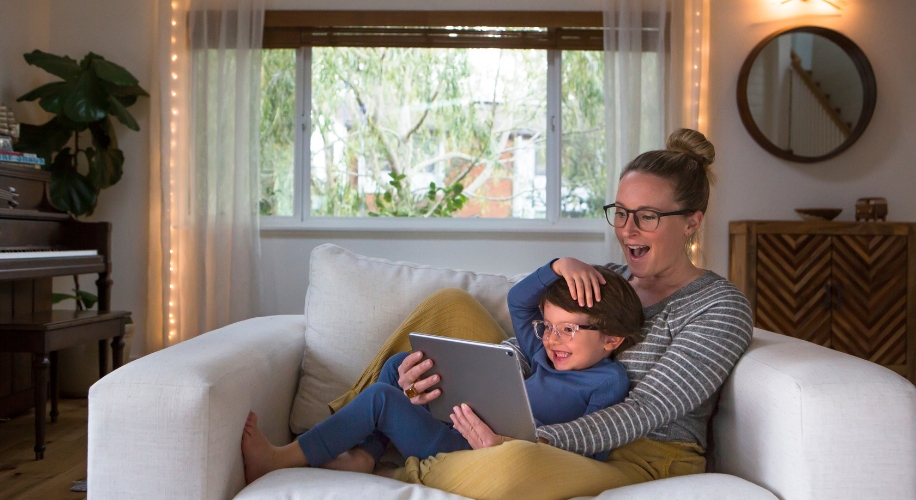Ortho-K: Reshaping Your Vision While You Sleep
- BY Dr. Steven Liem
- IN Eye Health

Photo by Andrea Piacquadio
Orthokeratology, often abbreviated as Ortho-K, is a treatment for correcting vision while you sleep. This non-surgical procedure offers an alternative to traditional glasses or contact lenses, providing freedom from daytime wear and clearer vision throughout the day. In this article, we’ll delve into what Ortho-K entails, how it works, its benefits, and what you can expect if you’re considering this treatment.
What is Orthokeratology?
Orthokeratology, or Ortho-K, is a process that uses specially designed rigid gas permeable contact lenses to reshape the cornea overnight. By wearing these lenses during sleep, the cornea is gently flattened, correcting refractive errors such as myopia (nearsightedness) and astigmatism. The effect is temporary and typically lasts throughout the day, or sometimes even two days. However, individuals are able to enjoy clear vision without the need for glasses or daytime contact lenses.
How Does Ortho-K Work?
Ortho-K lenses are custom-made based on the individual’s eye shape and prescription. The lenses are worn overnight and exert gentle pressure on the cornea during sleep, gradually reshaping its curvature. This reshaping process corrects refractive errors, providing clearer vision upon waking. With consistent nightly use, the effects of Ortho-K can be maintained, allowing for clear vision throughout the day.
Photo by Skitterphoto
Benefits of Orthokeratology
- Freedom from Daytime Wear: One of the primary benefits of Ortho-K is the freedom from wearing glasses or contact lenses during the day. This is particularly advantageous for individuals with active lifestyles or those who wish to wear non-prescription sunglasses comfortably.
- Non-Surgical: Unlike some vision correction procedures such as LASIK, Ortho-K is non-surgical and reversible. This makes it an appealing option for individuals who are hesitant about undergoing surgical interventions.
- Slow Progression of Myopia: Ortho-K has been shown to slow the progression of myopia in children and adolescents. By gently reshaping the cornea, Ortho-K may help reduce the degree of nearsightedness over time, potentially lowering the risk of associated eye conditions.
Considerations Before Trying Ortho-K
Before undergoing Ortho-K treatment, it’s essential to consult with an eye care professional to determine if you’re a suitable candidate. Factors such as the degree of refractive error, corneal shape, and overall eye health will be evaluated to ensure the safety and effectiveness of Ortho-K for your specific needs. Note that glasses may still be required with Ortho-K treatment to correct residual refractive error that occurs at the end of the day.
If you’re interested in exploring Ortho-K as an option for vision correction, be sure to schedule a consultation with an eye care professional to discuss whether it’s the right choice for you.



